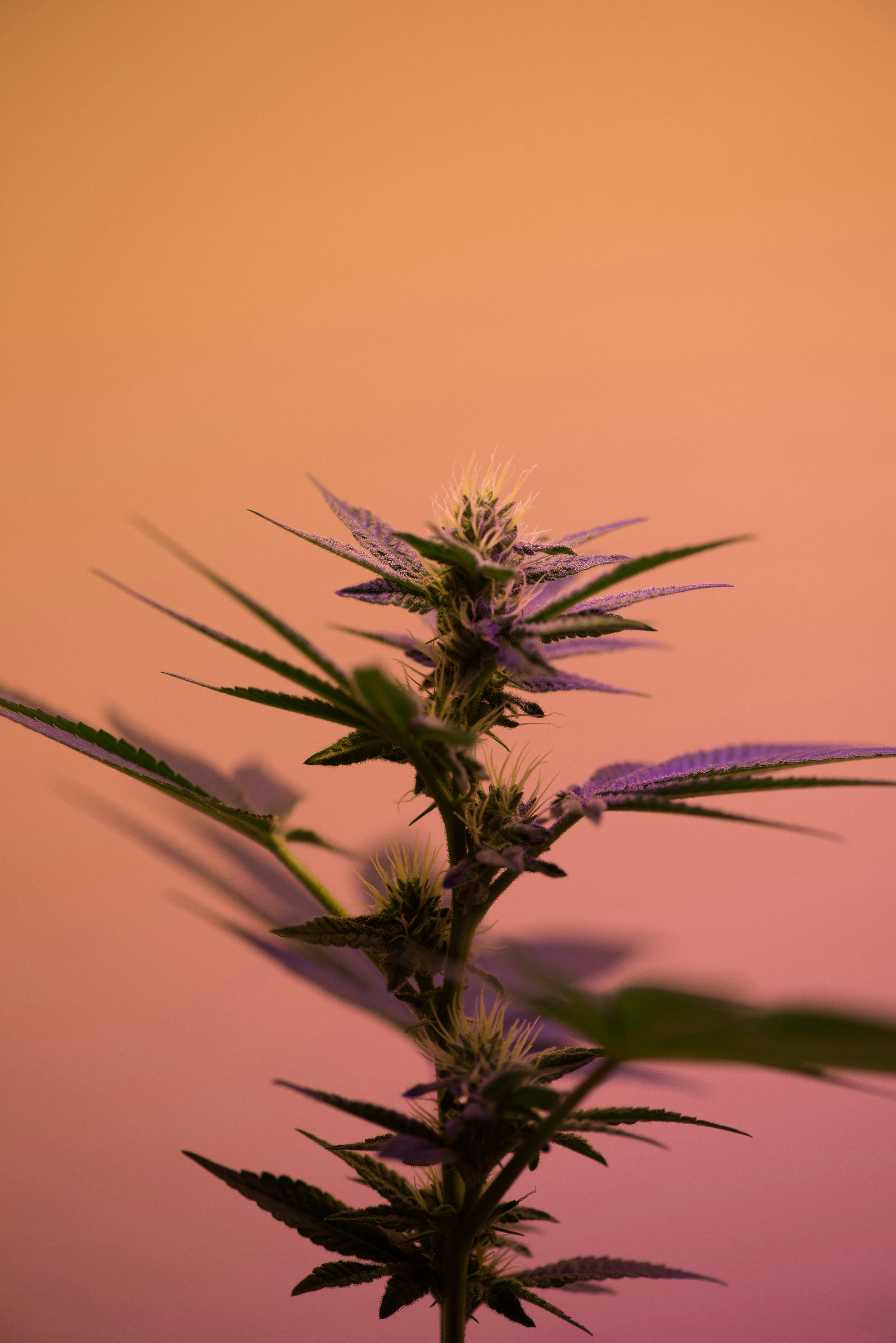Cannabis shame and stigma still exists, and it’s up to us to challenge it through education and conversation. If you’re still dreading the conversation, misconceptions or don’t know where to start – we’ve got you covered.
Changing the Conversation Starts with the Words We Use
The words we choose when talking about cannabis are so important. Labels like “stoner” or “pothead” can contribute to the social stigma that sidelines cannabis users. Using neutral and informative language can break down negative stereotypes.
Bloomly’s recent study showed 77% of participants believed the word “stoner” was outdated. One community member said “It’s the equivalent of calling a patient who takes opioids an addict – it’s shameful” and another, “It makes me feel unseen. I am where I am today because of cannabis – it’s medicine.”
Share Cannabis Resources and Education from Qualified Sources
Knowledge is power. By sharing educational information about cannabis on social media platforms, we can raise awareness and legitimise it as a treatment option. This is especially important because cannabis accounts are often censored online due to strict guidelines.
Invest in Your Community
The more people who participate in legal consumption and contribute data, the more credibility we add to cannabis as a legitimate treatment option. This research provides data that can help change policies and bring us closer to legalisation.
Share Your Own Experience, If You Feel Comfortable
Your experiences are more powerful than you know. Sharing your personal story can change someone’s life, impacting their family, friends, and community. Educating others about your cannabis experience can create understanding and empathy.
Navigating cannabis conversations can be complex, especially if you’re dealing with skeptics or misinformation. We’ve developed the “Four T’s” system as a helpful guide to facilitate open, informative, and empathetic discussions. By focusing on history, science, wellness, and CBD, we can bridge the cannabis conversation and change perspectives, one chat at a time.
Talk History
Understanding history can help people see the bigger picture and challenge misconceptions.Talk about the origins of cannabis prohibition, like the 1925 Geneva Convention and the role of Australia’s first Commonwealth Health Department Director General, Dr. John Cumpston. We can thank the 1925 establishment by the League of Nations for the prohibition of Cannabis in Australia. The recreational use of opium and the coca plant was banned; cannabis was a last-minute addition. Surprisingly, Australia’s first Commonwealth Health Department Director General, Dr John Cumpston, advised the prime minister that opium was the only cause for concern, not cannabis, however, we caved under pressure and ACT was the first state to outlaw cannabis in 1926. The rest of the states followed.
Talk Science
Share scientific research and facts about cannabis, especially related to common conditions like mental health or sleep disorders. This approach can resonate with people who may be sceptical or unaware of the potential benefits.
Talk Wellness
Frame cannabis as a tool for managing or enhancing general wellness. Introduce various delivery methods like topicals and oils to show that cannabis isn’t just about smoking, which can help broaden perspectives.
Talk CBD
Educate others about non-psychotropic cannabis options like CBD. This can remove the “stoner” stigma and open up the conversation about cannabis being used as a wellness medication.
Challenging the cannabis stigma is a collective effort. By changing the words we use, sharing information from credible sources, investing in our community, and sharing our own experiences, we can create a more informed and accepting society. We encourage everyone to take part in this movement and work towards a future where cannabis is understood and accepted.
Information about studies provided by Bloomly on this website is for education purposes only. It is not a substitute for professional health advice. Nothing contained in this site, or any external site linked to by Bloomly, is intended to be used as medical advice and it is not intended to be used to diagnose, treat, cure, or prevent any disease, nor should it be used for therapeutic purposes or as a substitute for your own health professional’s advice. Bloomly does not accept any liability for any injury, loss or damage incurred by use of or reliance on the information provided on this website, or any external site linked to by Bloomly. Further, Bloomly accepts no responsibility for material contained in a website that is linked to this site. It is the responsibility of the user to make their own decisions about the accuracy, currency, reliability, and correctness of information contained in linked external websites.





